Yesterday, Opposition leader Peter Dutton called for Australia to embrace nuclear power to secure a clean, cost-effective, consistent electricity supply.
Dutton is right to be concerned that the government’s policy of replacing coal-fired plants with renewables will end in a disastrous shortage of power.
Dutton’s proposal is to replace coal-fired plants with small modular reactors that are on the drawing board in the US, UK, and elsewhere. By locating the new nuclear reactors in existing coal-fired plants, they can tap into existing transmission lines.
There are a number of problems with this, but first, it is important to note that nuclear power is cheaper than renewables because this goes against conventional wisdom.
A branch of CSIRO regularly compiles cost estimates of different sources of power which spuriously claim wind and solar power are the cheapest sources of electricity. But wind and solar are only cheap for power that customers will take when it is produced and not when it is needed. That’s why although wind is the cheapest method of propelling ships, it has no role in commercial shipping due to its low density and irregularity.
Even on a superficial assessment, CSIRO’s estimates fall apart. If wind and solar were the cheapest forms of energy, there would be no need to subsidise them. Yet virtually all countries do subsidise them. In Australia, this is done using regulatory mechanisms like Renewable Energy Certificates, soft loans through the government’s Clean Energy Finance Corporation, and government requirements for consumers to fund the additional transmission lines these intermittent, highly dispersed, and low-density sources of power required. That direct support is worth around $7 billion a year.
CSIRO also amplifies the costs of coal and gas-generated electricity by overstating their construction costs and understating their capacity factors, the hours per year they can operate. This criticism also applies to CSIRO’s estimates of nuclear costs.
As a highly dense source of energy, nuclear reactors can tap into existing transmission lines, whereas wind and solar need to be dispersed over vast areas and will require vast transmission grids to be constructed.
Renewables also need to be backed up by dispatchable power. In other words, you can save a massive amount of money by simply building dispatchable power sources and not building renewables at all.
Wind and solar also need to be replaced around three times as often as dispatchable sources of power such as coal, gas, or nuclear.
The problem with nuclear, then, is not in comparison with renewables but in comparison with coal. There is no doubt that conventional large-scale nuclear power plants are much more expensive than coal-fired plants.
For example, in China, conventional nuclear power costs more than twice as much as a coal-fired power plant, around $US2,800-3,500 per kilowatt for nuclear compared to $US1,000-2000 for a modern, efficient, and hence low emissions US coal plant. Sadly, even with swift regulatory approvals, the CFMEU factor would increase costs by 25 per cent in Australia.
Dutton is proposing to build fourth-generation, small modular nuclear reactors. Will these planned 200 MW reactors be less costly than conventional 1000 MW units? Estimates vary, and costs are speculative, but they will not be cheaper than coal, where, as in Australia, the fuel is located close to the power station.
The reality is that the cost of generating power depends to a great degree on the natural resource endowment of a country. Nuclear energy is relatively cheap in countries such as France or Sweden because neither has access to vast deposits of coal. In Australia, coal is far cheaper than nuclear because of our resource endowments,
The fact is that civilisation has advanced by using increasingly dense inputs of energy, allowing for progressively lower costs. Per cubic metre, petrol is one billion times denser than wind power. Uranium has 100,000 times the energy density of petrol. As a result, 60 years ago, nuclear fission and fusion were seen as the energy fuel of the future, but it hasn’t turned out that way.
Nuclear power supplies only nine per cent of global electricity, a little more than half its share of the 1990s. Coal and gas provide over 50 percent, down from 60 per cent two decades ago. Hydro provides 15 per cent. Wind and solar provide 12 per cent but have been growing rapidly only thanks to government subsidies.
So why has nuclear failed to fulfil its manifest destiny? Cost and political vilification are both important factors. Political vilification remains in place notwithstanding nuclear’s enviable safety record, which in spite of Chernobyl, has made it the safest source of power in the world. As regards cost, it is the very high safety requirements rather than the price of uranium that makes nuclear power expensive.
Dutton’s plan has other problems. He envisages using small modular reactors as a backup for a system dominated by intermittent wind and solar power but nuclear power, like coal, with its high capital costs and low operating costs, is not well suited to that ancillary role.
Finally, the adoption of nuclear under the terms Dutton proposes raises the whlte flag to the spreaders of climate alarmism. It is based on the specious claim that burning fossil fuels is causing adverse climate change. And caving into the anti-coal and gas lobby sacrifices Australia’s priceless comparative advantage with its fabulous coal and gas resources.
Got something to add? Join the discussion and comment below.
Get 10 issues for just $10
Subscribe to The Spectator Australia today for the next 10 magazine issues, plus full online access, for just $10.

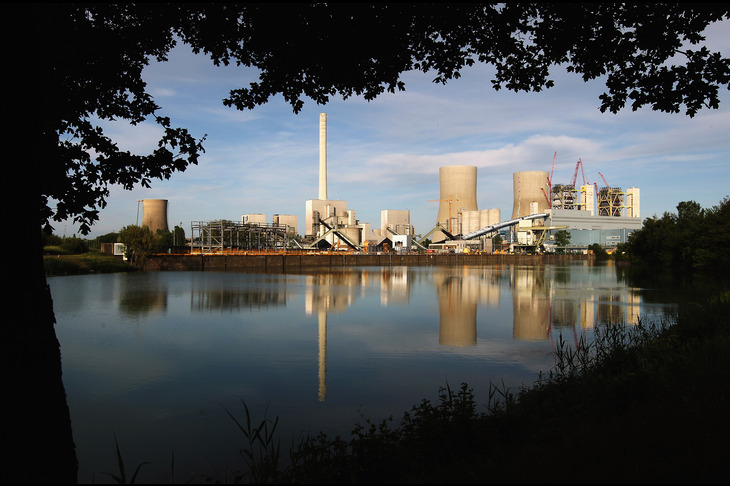
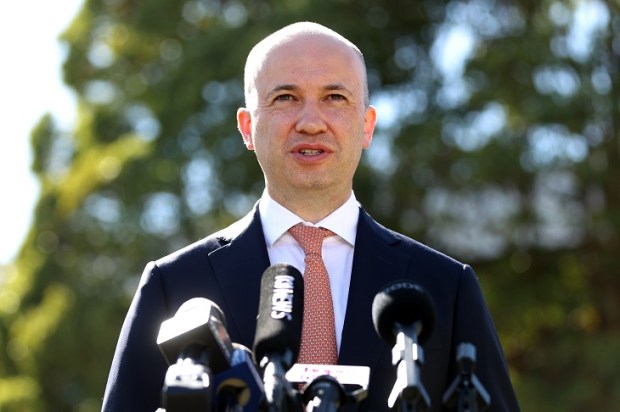

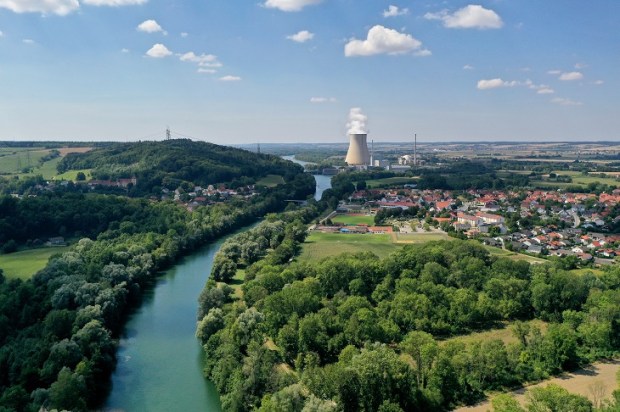

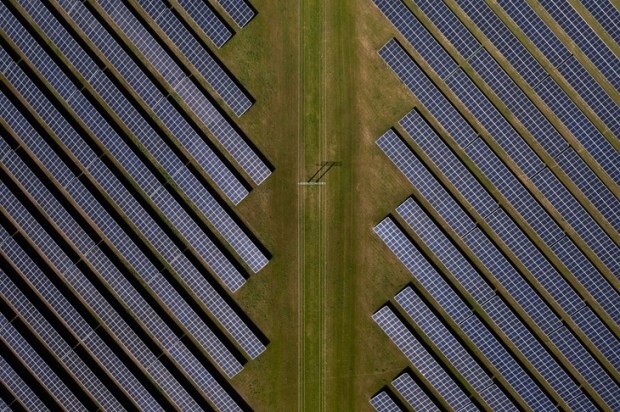
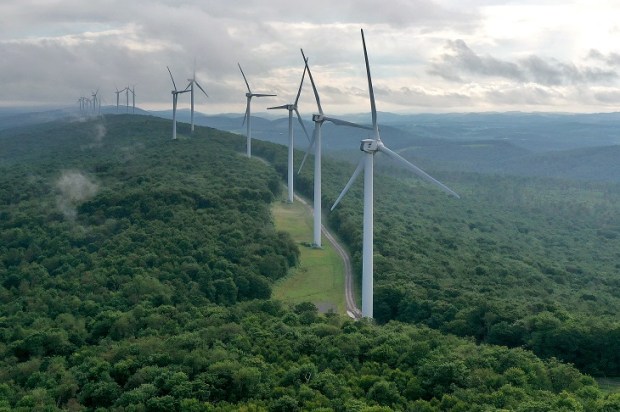


















Comments
Don't miss out
Join the conversation with other Spectator Australia readers. Subscribe to leave a comment.
SUBSCRIBEAlready a subscriber? Log in